Burns can be a traumatic experience, often leaving you wondering if your skin will ever look the same. Whether you’ve accidentally touched a hot pan or experienced a more severe burn, understanding the likelihood of scarring and how to treat burns is crucial. In this guide, we'll break down the likelihood of scarring based on the degree of burn, how to care for burns to minimize scarring, and the role of Rejuvaskin silicone products in effective scar management.
Understanding Burn Degrees and Scarring
First-Degree Burns
First-degree burns are the mildest, affecting only the outer layer of the skin, known as the epidermis. These burns typically result in redness, pain, and minor swelling. An example of a first-degree burn is a mild sunburn. Healing time is generally about 3 to 7 days, and they usually do not leave scars.
Second-Degree Burns
Second-degree burns, or partial-thickness burns, penetrate deeper into the skin, affecting both the epidermis and the dermis. These burns cause blisters, severe pain, and more pronounced swelling. Healing time ranges from 2 to 3 weeks. Scarring is possible, especially if the burn is not properly cared for or if it becomes infected.
Third-Degree Burns
Third-degree burns are the most severe, reaching all layers of the skin and sometimes the underlying tissues. These burns can appear white, blackened, or charred, and they might not be painful initially due to nerve damage. Healing can take several months, and scarring is almost inevitable. Treatment usually involves medical intervention, such as skin grafts.
How To Care For Burns To Prevent Scarring
Proper burn care is essential to minimize the risk of scarring. Here are some steps to take for each type of burn:
Immediate Care
- Cool the Burn: Hold the burned area under cool (not cold) running water for 10-15 minutes to reduce the temperature of the burn and alleviate pain.
- Avoid Ice: Never apply ice directly to a burn, as it can cause further damage to the tissue.
- Cover the Burn: Use a sterile, non-adhesive bandage to protect the area.
Ongoing Care
- Moisturize and Protect: Keep the burn moisturized with aloe vera or other healing ointments to prevent dryness and cracking.
- Avoid Popping Blisters: If blisters form, do not pop them as they act as a natural barrier against infection.
- Use Silicone Products: Incorporating silicone gels and sheeting, such as those found in the Rejuvaskin Scar Heal Kit, can significantly improve healing and reduce the appearance of scars.
The Science Behind Scar Formation and Treatment
Scars form as a natural part of the healing process. When the skin is injured, the body produces collagen fibers to repair the damage, resulting in a scar. Factors that affect scar formation include the depth and size of the wound, the location of the injury, and individual healing responses. Some people are more prone to scarring due to genetic factors, skin type, and age (O’Brien & Pandit, 2006).
Silicone products have been widely studied and proven to be effective in scar management. Silicone gel and sheeting work by creating an occlusive barrier over the scar, which helps to hydrate the skin, reduce collagen production, and flatten and soften raised scars (Berman et al., 2007).
Why Do Scars Turn Dark?
Scars can sometimes turn dark due to a process called hyperpigmentation. This occurs when the skin produces excess melanin in response to inflammation or injury. Factors like sun exposure and individual skin type can influence the degree of discoloration. It's essential to protect healing skin from the sun to minimize darkening.
Learn More: Why Do My Scars Turn Dark? The Basics Behind Scar Discoloration
Silicone Products: The Gold Standard for Scar Management
Rejuvaskin Scar Heal Kit
The Rejuvaskin Scar Heal Kit offers a comprehensive solution for managing and reducing the appearance of scars. This kit includes RejuvaSil Silicone Scar Gel and Scar Fx Silicone Sheeting, both of which provide a round-the-clock care regimen.
- RejuvaSil Silicone Scar Gel: This gel forms a protective barrier over the scar, helping to limit collagen production and flatten raised scars. It includes beneficial ingredients like Vitamin C, Squalane, and Emu Oil to promote healing and hydration.
- Scar Fx Silicone Sheeting: Medical-grade silicone sheeting is hypoallergenic and creates an occlusive barrier, locking in moisture and preventing raised scars. It is reusable and can be tailored to fit different scar areas.
Conclusion
Burns can lead to scarring, but understanding the degree of burn and proper care can make a significant difference. First-degree burns are unlikely to scar, while second and third-degree burns require diligent care to minimize scarring. Utilizing products like the Rejuvaskin Scar Heal Kit can provide effective scar management and help restore your skin's appearance.
References
- Berman, B., et al. (2007). Management of Hypertrophic Scars and Keloids: An Algorithmic Approach. Journal of Cutaneous and Aesthetic Surgery, 1(1), 11-17. Retrieved from https://www.ncbi.nlm.nih.gov/pmc/articles/PMC2918339/
- O’Brien, L., & Pandit, A. (2006). Silicon Gel Sheeting for Preventing and Treating Hypertrophic and Keloid Scars. Advances in Wound Care, 15(1), 18-21. Retrieved from https://www.ncbi.nlm.nih.gov/pmc/articles/PMC3229933/
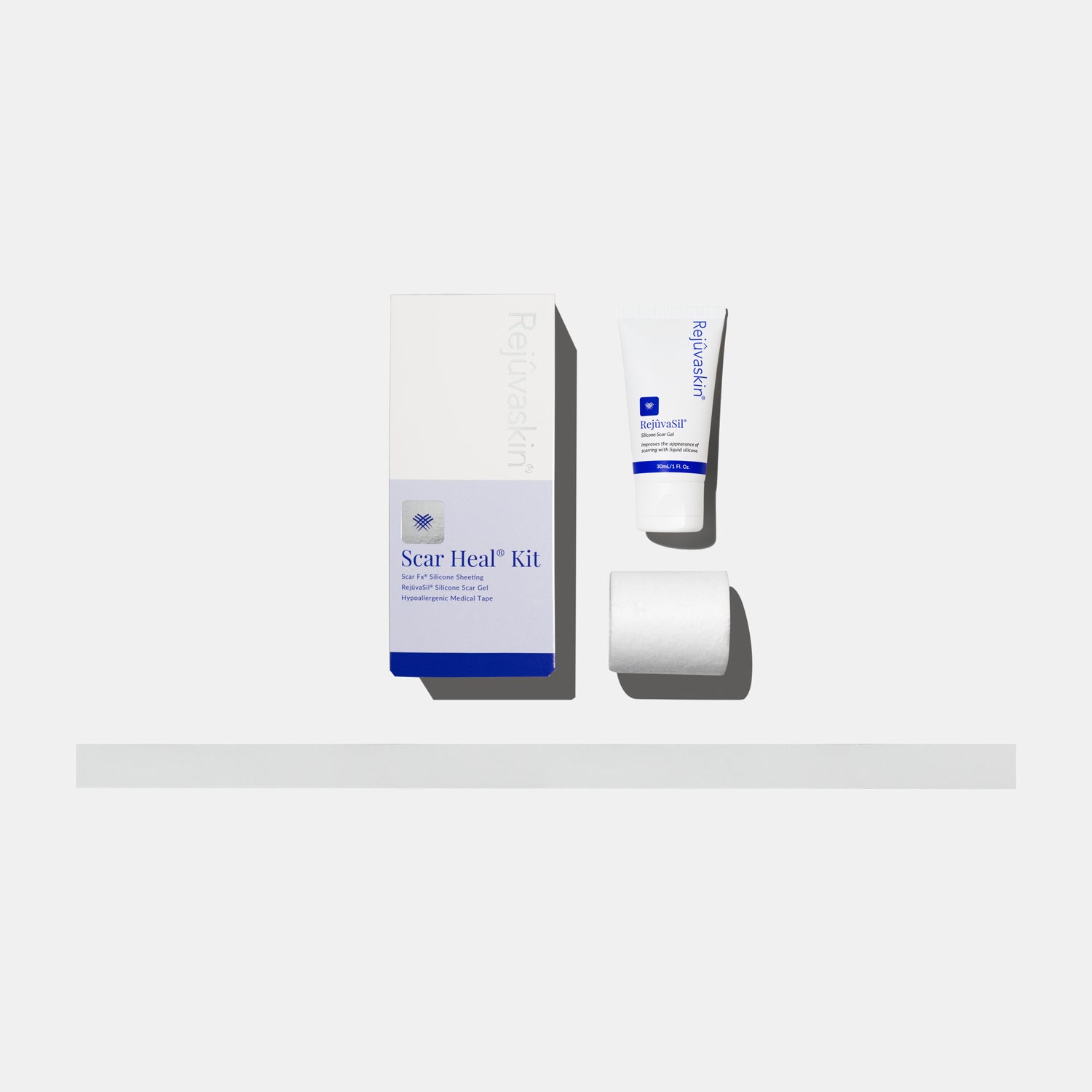


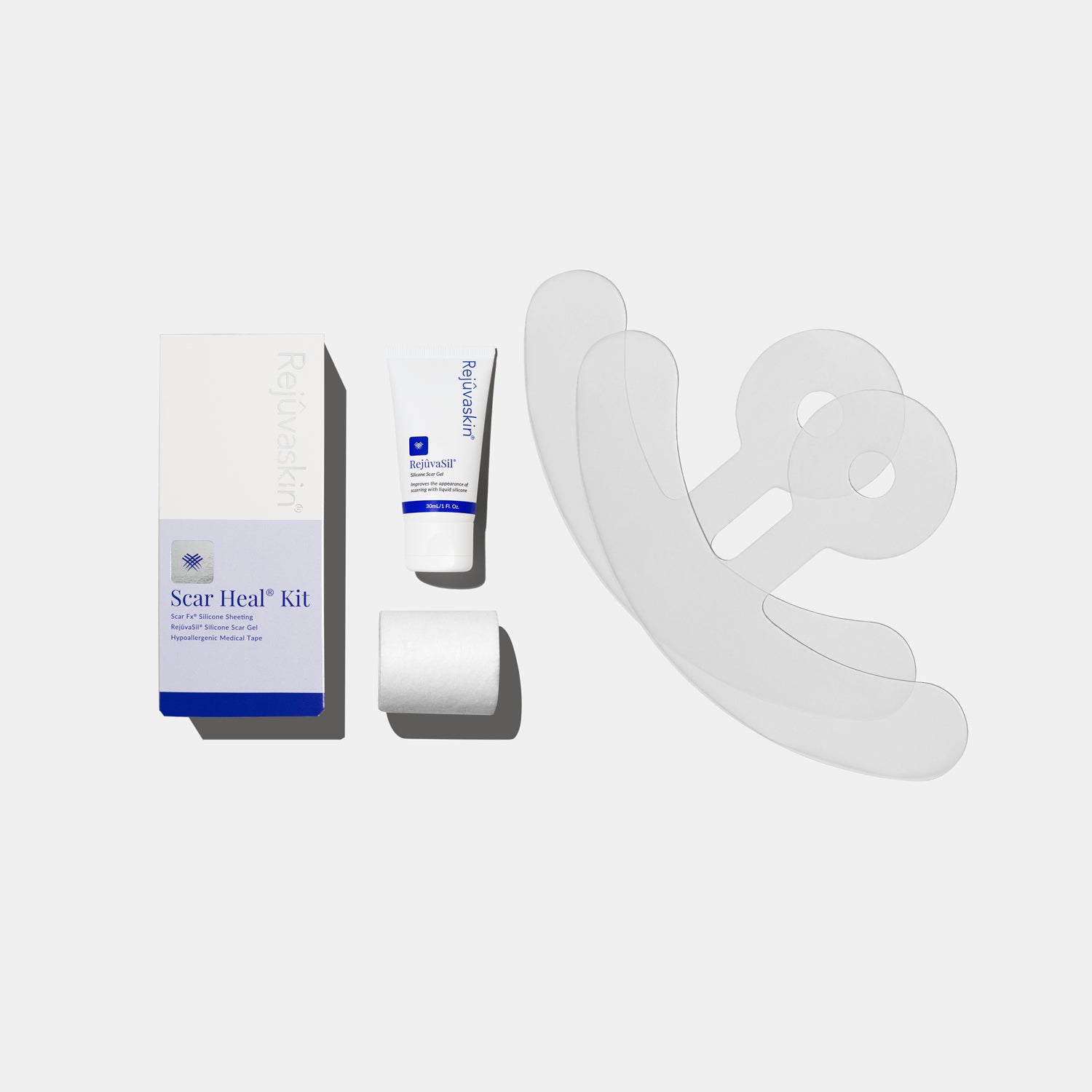
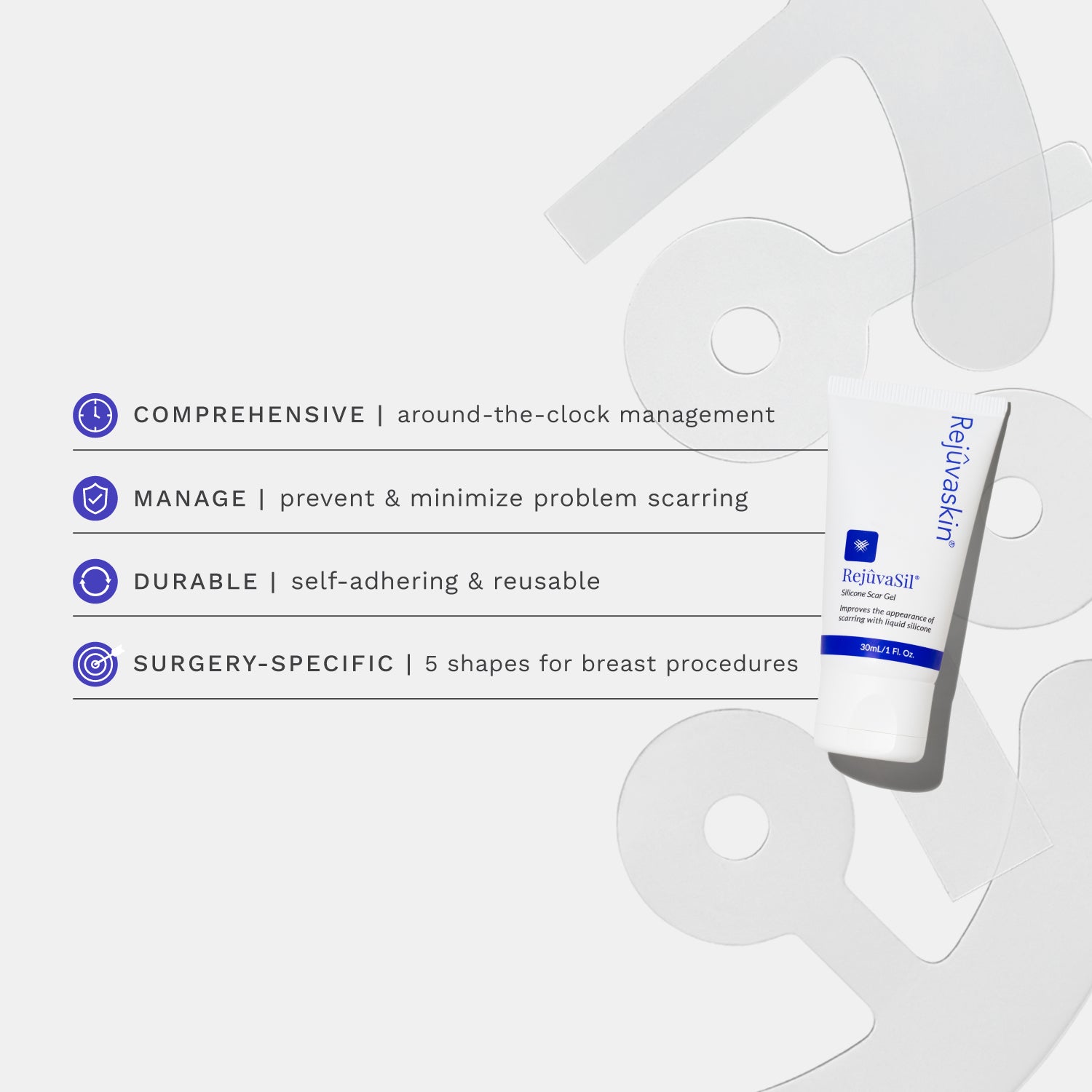
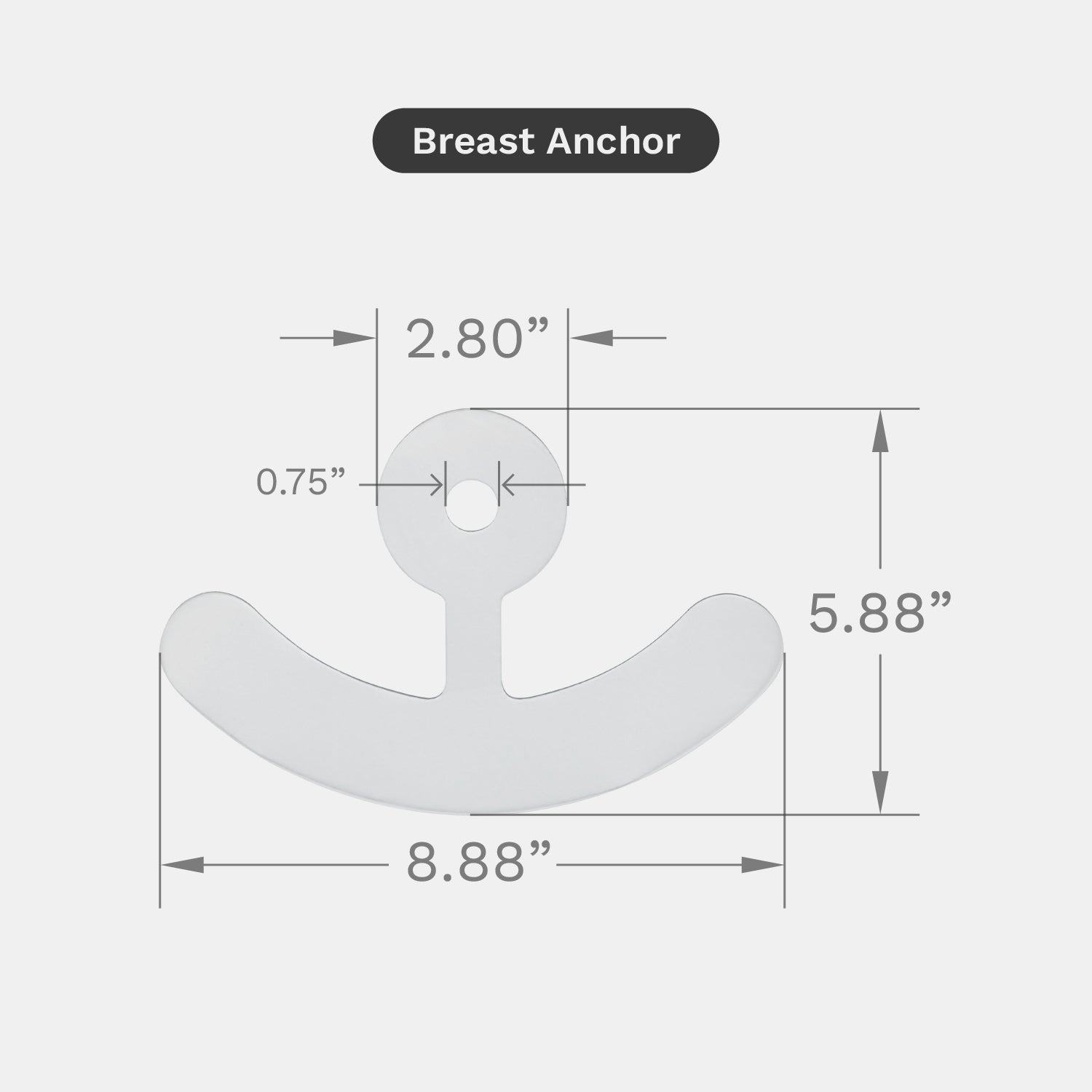
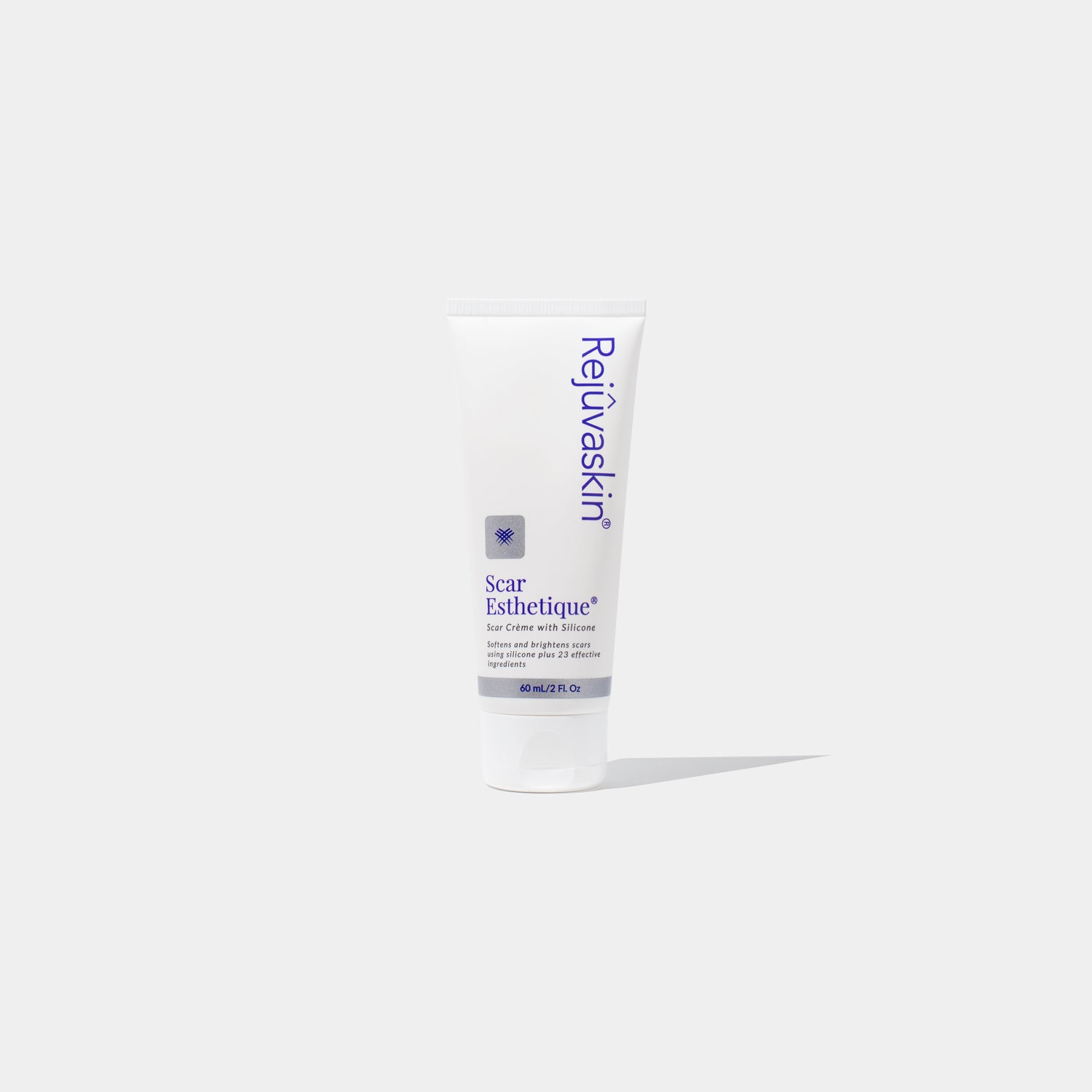
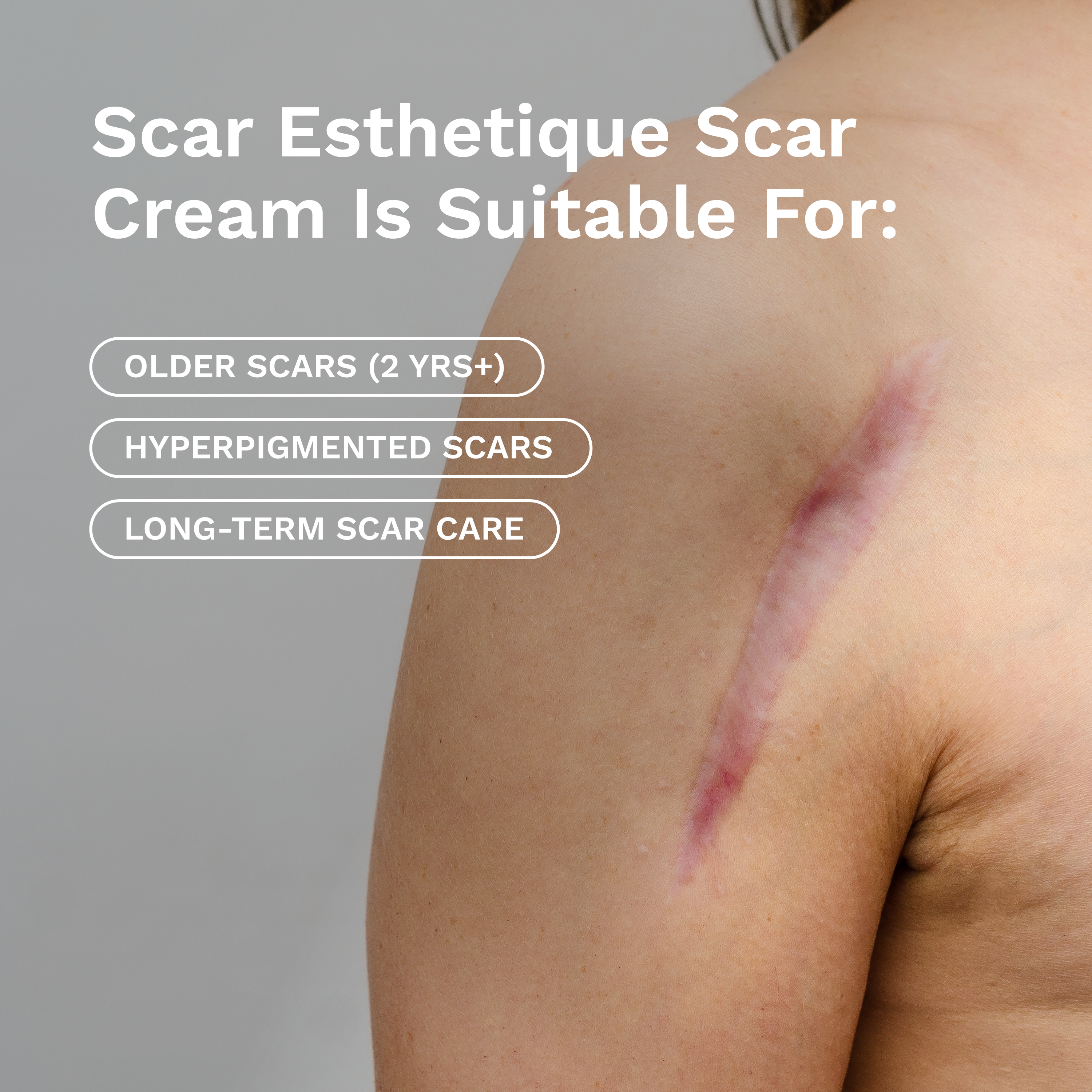








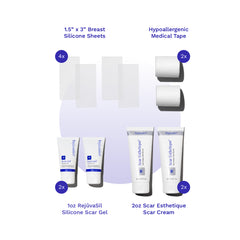
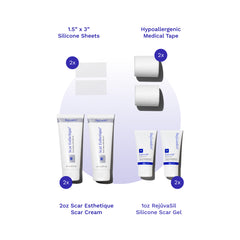

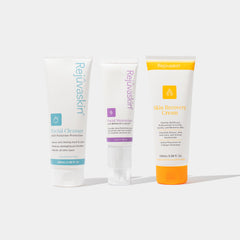
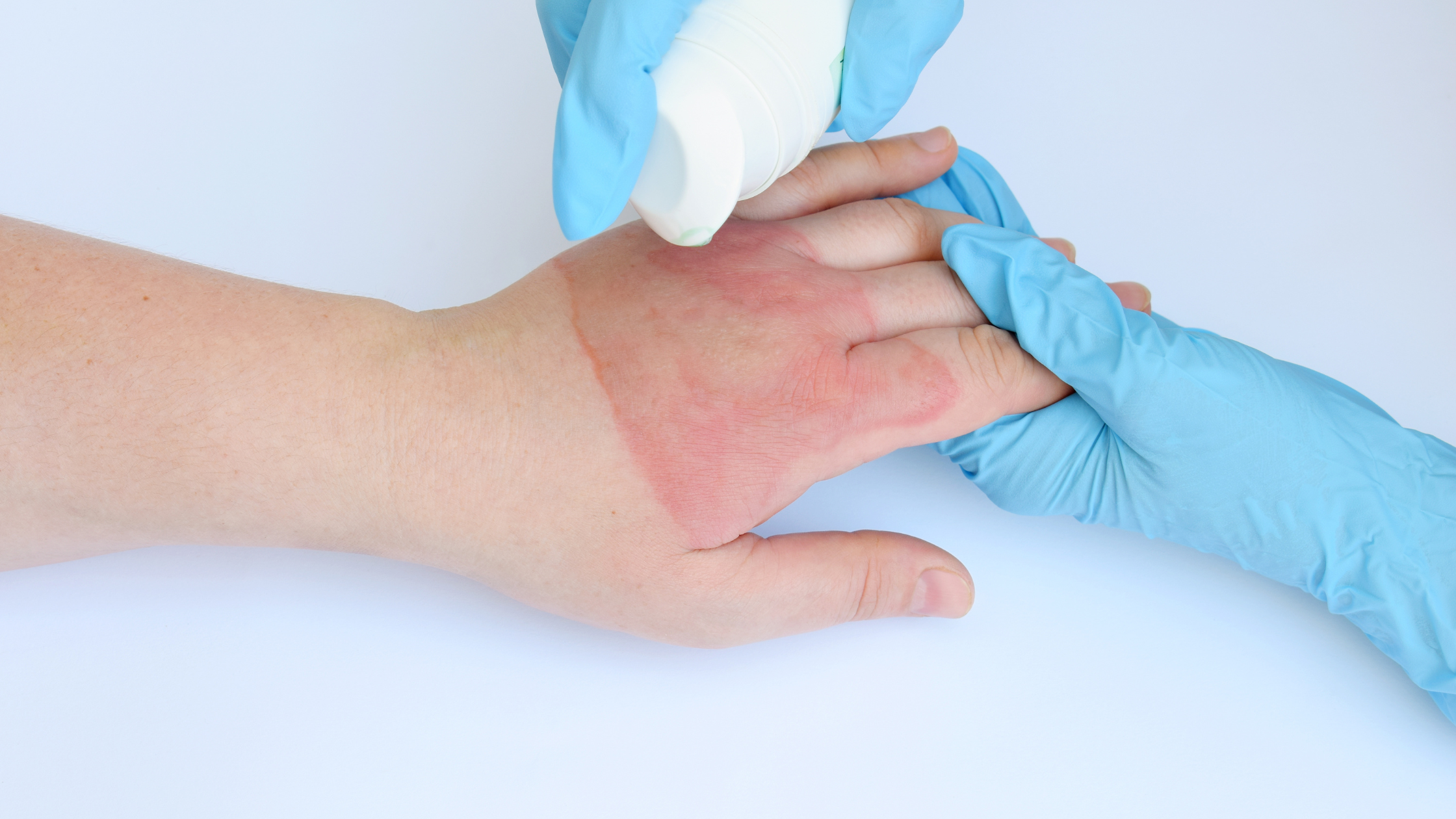
Leave a comment